Autonomous power supply at home is the provision of the necessary amount of electricity for a dwelling or a suburban area without power outages and voltage drops. The issue of independent creation of an autonomous power supply system is relevant for people living far from city life.
This need can arise for a variety of reasons:
- difficulty connecting to an existing power supply network;
- lack of supply voltage stability;
- power outages.
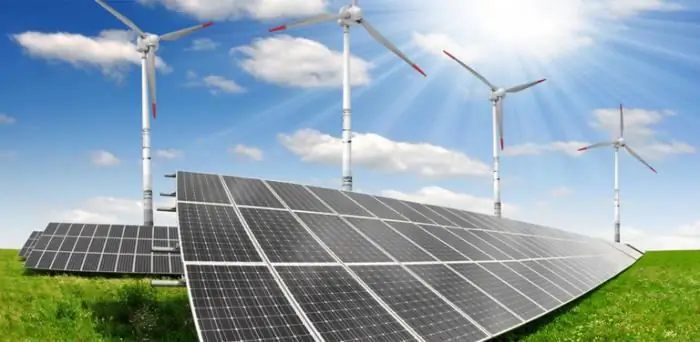
Electricity necessary for normal life in a country house should be generated indefinitely, regardless of external factors. When choosing an energy source, preference should be given to a renewable and environmentally friendly option.
Requirements for autonomous power supply
Autonomous power supply of a private house depends on the total power of electricity consumers and the nature of their"needs". Most often, energy consumers include:
- home heating system;
- refrigeration equipment;
- air conditioning;
- various large and small household appliances;
- pumping equipment that provides water supply from a well or well.
Any kind of electricity consumer has its own capacity. However, the requirements for the power supply network are the same for everyone. This is, first of all, the stability of the applied voltage and its frequency. For many consumers, the sinusoidal shape of the AC voltage is also important.
The next step is to determine the required total power, which should be provided by an autonomous power supply at home, as well as the technical characteristics of the power supply. Experts recommend overestimating the total power by 15-30%. This is done in order to ensure the growth of electricity consumption in the future.
Next, you should decide on the technical characteristics on the basis of which the autonomous power supply system for the house (EPS) will be built. They depend on what function the ASS will perform: a completely autonomous power supply or a backup power source. If the system plays the role of "safety net" for the supply of energy resources, it is necessary to set the duration of the operation of the EPS during the absence of centralized energy supply.
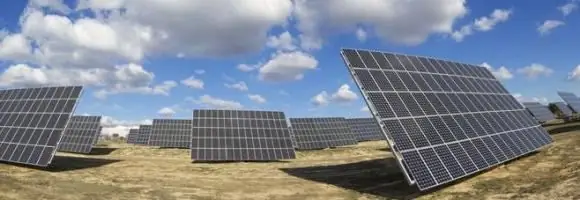
An important factor in planning an autonomous power supply system for a private house is financial opportunitieshomeowner. The project budget determines how expensive the purchased equipment will be, and how much of the work must be done by hand. It is known that the independent performance of work will cost much less than paying for the services of specialists attracted from outside. This should take into account the availability of the necessary equipment and skills to work with it, as well as the level of technical education of the homeowner.
Dignity
One of the main advantages of the EPS is the absence of fees for energy consumption. This is a significant savings in the conditions of suburban life. Autonomous power supply at home, unlike centralized, does not have any social norms for energy consumption.
Power quality depends on the correct calculation of the total power at the system design stage and the commissioning of the necessary equipment. Thanks to this, there is no risk of power surges or power outages. Do not be afraid that a sharp jump in power will disable home appliances. The quality and quantity of electricity will be exactly what was originally planned, and not what the nearest substation can provide.
EPS equipment is quite reliable and rarely fails. This advantage is maintained with proper care and proper operation of all elements of the system.

Special programs are being developed, thanks to which it is possible to sell surplus electricity to the state. However, this is worththink in advance (at the design stage of the EPS). To do this, you will have to prepare permits that confirm that the equipment generates electricity of the declared quality and in a certain quantity.
Autonomous power supply at home has another undeniable advantage: complete independence. Whatever the cost of electricity consumed, the homeowner will always have his own energy resources.
Autonomous power supply of a country house: disadvantages
Despite its many advantages, the EPS has a number of disadvantages, including not only expensive equipment, but also high operating costs. Before choosing devices and materials, everything should be carefully calculated so that the equipment does not fail before it has paid off.
If the autonomous power supply of a private house for some reason has ceased to function, you should not wait for the on-duty team of electricians from the local substation. You will have to take care of everything yourself - call specialists and pay for the repair of the EPS. To prevent this from happening and the equipment lasts as long as possible, you should regularly invite specialists for routine inspection and maintenance of autonomous power supply at home.
Choosing an alternative energy source
The main problem of autonomous power supply at home is the choice of an alternative energy source, which at the moment is not so much. The following types are considered the most common:
- gasoline and dieselgenerators;
- solar panels;
- wind energy;
- hydropower;
- batteries.
Each of these sources has certain characteristics and features that you should carefully read.
Generators
This is the easiest and cheapest way to provide a home with the necessary amount of electricity. The device works on the principle of fuel combustion. If we are talking about autonomous power supply at home, the generator involves the creation of a sufficient base for fuel storage. The stock should contain at least 200 liters of diesel fuel, gasoline or other combustible substances. In this case, gas generators compare favorably. They need to be connected to the gas pipeline for their smooth operation, and the problem with fuel storage is automatically eliminated.
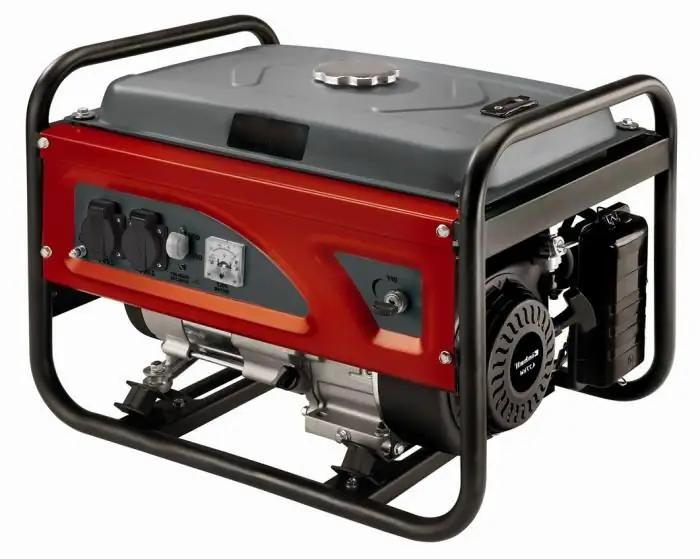
Solar cells
Autonomous power supply of solar-powered houses is quite common in Western countries. There are several methods for converting solar energy into electricity:
- Photovoltaic cells - used to concentrate solar energy. With the help of special mirrors, the sun's rays are generated in a certain direction or heat the liquid passing through the steam turbines of the electric generator (heat engine).
- Photocells - the energy stored by photocells on the roof of the house is direct current. In order to be used in the household, it must bemandatory conversion to AC.
Do-it-yourself autonomous power supply at home using solar panels is the most efficient and economical option. This equipment has been in service for about 40 years. However, due to weather conditions, electricity may be interrupted during the day.
Wind energy
If weather conditions do not allow the use of solar panels, wind energy may be an alternative option. It is taken through turbines located on high towers (from 3 m). Autonomous windmills convert energy using installed inverters. The main condition is the presence of a constant wind with a speed of at least 14 km/h.
Hydropower
If there is a river or a lake near the country house, you can use water sources of energy. Hydroelectric power on a small scale is the most realistic and profitable option for autonomous power supply at home. The use of a single turbine is not considered an environmentally and socially hazardous phenomenon. The microturbines are easy to operate and have a long service life.
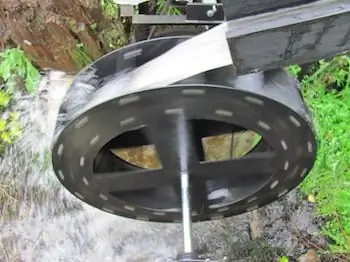
Batteries
This option is not suitable for a full-fledged power supply at home. Batteries are used as an emergency power supply or as an addition to alternative energy sources. The principle of operation is quite simple - as long as there is electricity in the network, the batteries are charged, if the power supply is interrupted, the batteries give off energy.through a special inverter.
Scheme of autonomous power supply at home
The general scheme of the EPS consists of successive elements:
- Primary source of electricity - the above described solar panels, generators operating on various types of fuel and others can be used.
- Charger - converts the voltage from the primary source to the values \u200b\u200bnecessary for normal battery operation.
- Battery - used to store and release energy.
- Inverter - designed to create the desired voltage.
All these elements are an integral part of an autonomous power supply at home, and they cannot work without each other.
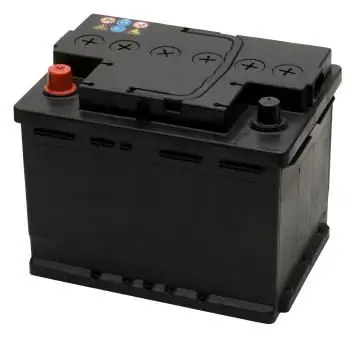
Installation of the EPS
It is quite simple to do an autonomous power supply at home with your own hands. To do this, you need components: several batteries, which are connected in parallel to increase the capacity, a charger and an inverter. In the presence of electricity in the network, the batteries accumulate energy from the charger. In the event of a power outage, the batteries provide power through the inverter.
Manufacturers offer a wide range of inverters designed for consumers with a certain capacity. The number of electrical appliances that can operate from this source depends on these indicators. The more equipment in the house, the greater should be the total capacitybatteries. If the capacity is selected incorrectly, the batteries will be discharged faster.
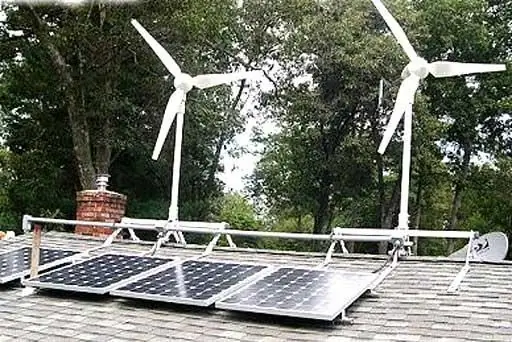
These are the most common options for creating an autonomous power supply at home. The cost of such systems is quite high, especially if you take into account the cost of fuel for generators. The most acceptable sources of energy in this regard are free sources of energy, such as the sun, wind and water. Such equipment is much more expensive, but it quickly pays for itself and lasts for many years. Mounting the SAE with your own hands is quite simple. You need to clearly follow the instructions and stick to the scheme.






